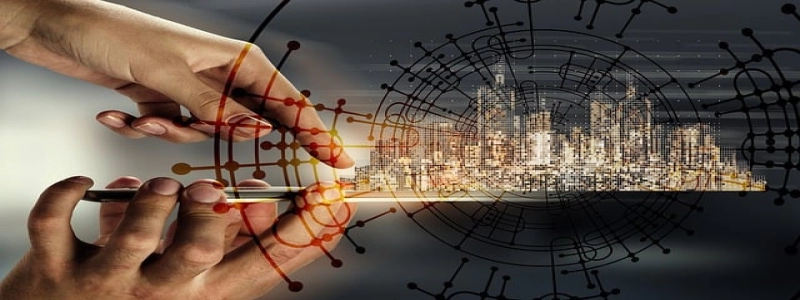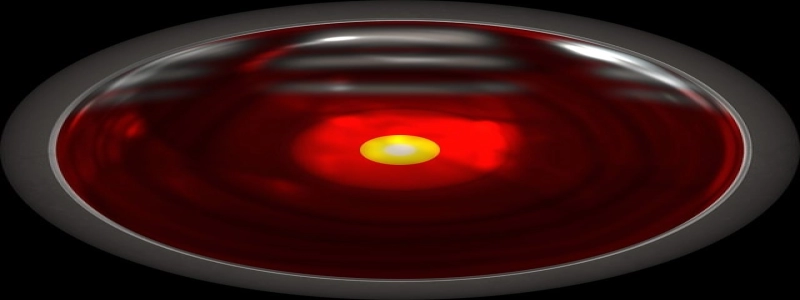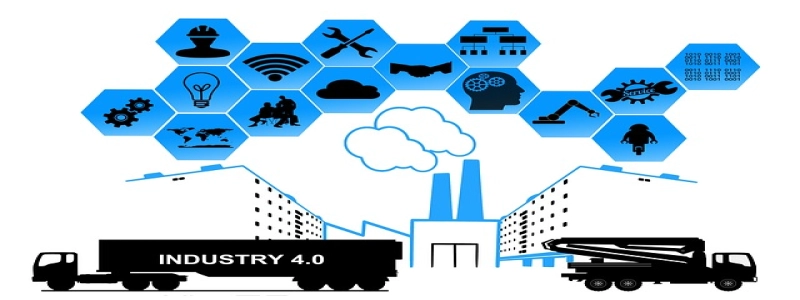Is a Cat6 Cable an Ethernet Cable?
Introduction:
In the world of networking and connectivity, Ethernet cables are the backbone of modern communication infrastructure. These cables transmit data between devices, allowing us to connect to the internet and share information seamlessly. One widely used type of Ethernet cable is the Cat6 cable. In this article, we will explore the relationship between Cat6 cables and Ethernet cables, discussing their similarities, differences, and the advantages of using Cat6 cables for networking purposes.
I. What is an Ethernet Cable?
An Ethernet cable is a type of network cable that connects devices within a Local Area Network (LAN). It is used to transmit data signals from one device to another, enabling communication between computers, routers, switches, and other network components. Ethernet cables utilize various connectors, such as RJ-45, to establish a physical connection between devices.
II. Understanding Cat6 Cables:
Cat6 cables, short for Category 6 cables, are a specific type of Ethernet cable. They are designed to provide higher performance and better transmission speeds compared to previous iterations. Cat6 cables have improved data transfer capabilities, reduced interference, and enhanced compatibility with modern networking equipment.
III. Similarities between Cat6 Cables and Ethernet Cables:
1. Both Cat6 cables and Ethernet cables belong to the same family of network cables, known as twisted pair cables.
2. Both types of cables use the same connector type, known as RJ-45, for establishing connections.
3. Cat6 cables are a subset of Ethernet cables, meaning all Cat6 cables are Ethernet cables, but not all Ethernet cables are Cat6 cables.
4. Both Cat6 cables and Ethernet cables are commonly used for wired network connections.
IV. Differences between Cat6 Cables and Ethernet Cables:
1. Bandwidth and Data Transfer Speed: Cat6 cables offer higher bandwidth and faster data transfer speeds compared to traditional Ethernet cables. While Ethernet cables typically support data rates up to 100 Mbps, Cat6 cables can handle speeds of up to 10 Gbps, making them ideal for demanding applications.
2. Interference and Crosstalk: Cat6 cables are designed to minimize interference and crosstalk, allowing for reliable and stable data transmission. They have stricter specifications for reducing signal degradation and maintaining signal integrity over longer distances.
3. Backward Compatibility: While Cat6 cables are backward compatible with older Ethernet standards, such as Cat5 and Cat5e, the reverse is not always true. Older Ethernet cables may not support the higher speeds and performance offered by Cat6 cables.
V. Advantages of Using Cat6 Cables:
1. Future-Proofing: Cat6 cables provide ample headroom for future networking requirements, ensuring that your network infrastructure can accommodate increasing data demands.
2. Improved Performance: With higher bandwidth and faster data transfer speeds, Cat6 cables offer superior performance, especially for multimedia streaming, online gaming, and large file transfers.
3. Long-Distance Transmission: Cat6 cables are capable of transmitting data over longer distances without significant signal degradation, making them suitable for larger networks and office environments.
Conclusion:
In conclusion, a Cat6 cable is indeed an Ethernet cable, albeit a more advanced and high-performance variant. Cat6 cables offer superior data transfer speeds, reduced interference, and improved signal integrity, making them an ideal choice for modern networking needs. Whether you are setting up a home network or a professional office, using Cat6 cables can ensure a reliable and efficient network connection.








